How Can I Get My Girlfriend/Boyfriend To…
We’re approaching that time of year when we tend to reflect on what we have accomplished over the last year and what we want to strive for over the coming year.
And often this exercise also involves reflecting on our relationships and what we want from them. I decided to use googles predictive search feature to get a hive mind idea of what people want from their boyfriends and girlfriends.
There is a lot of the same themes going on from both searches. I both love and hate how Google allows a window each other’s fascinating, curiosities and troubles.

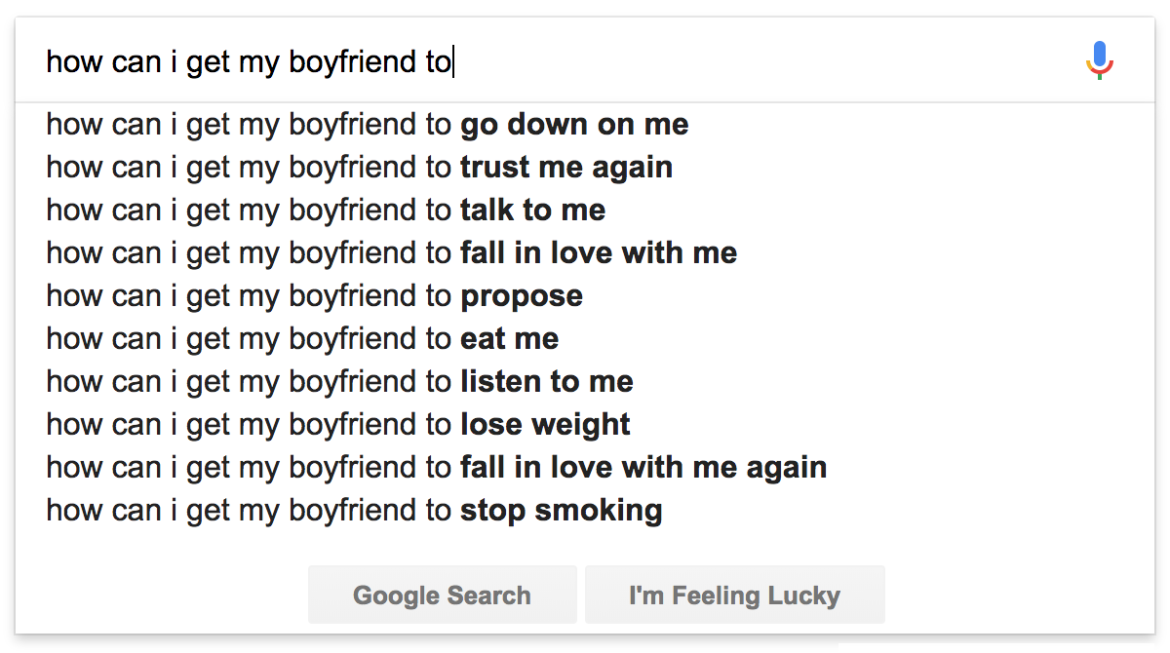
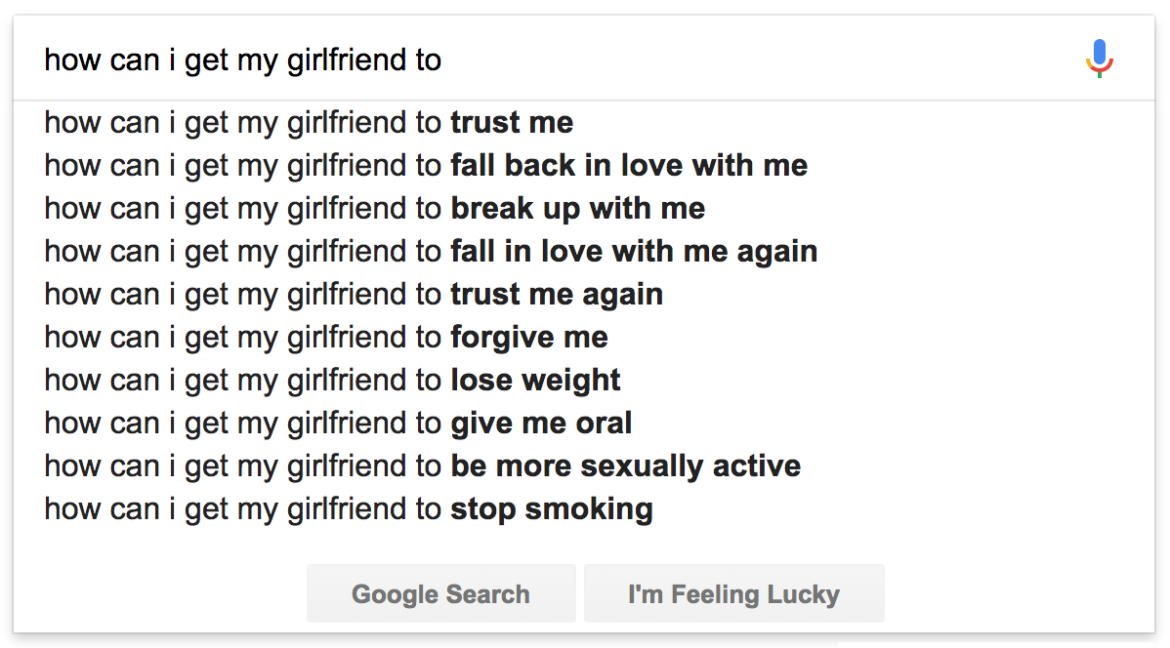
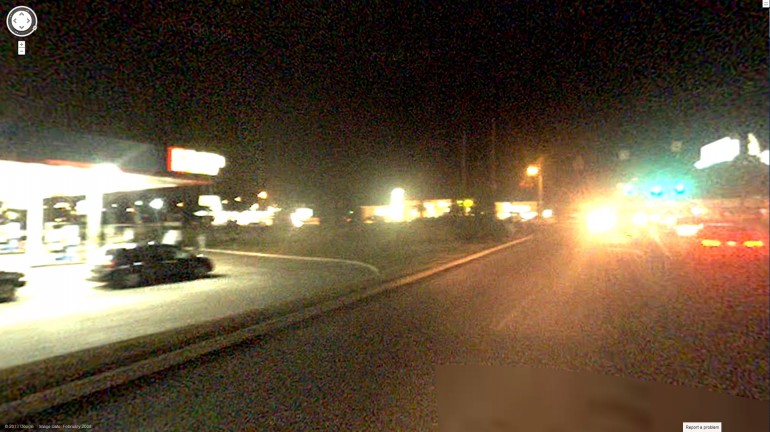
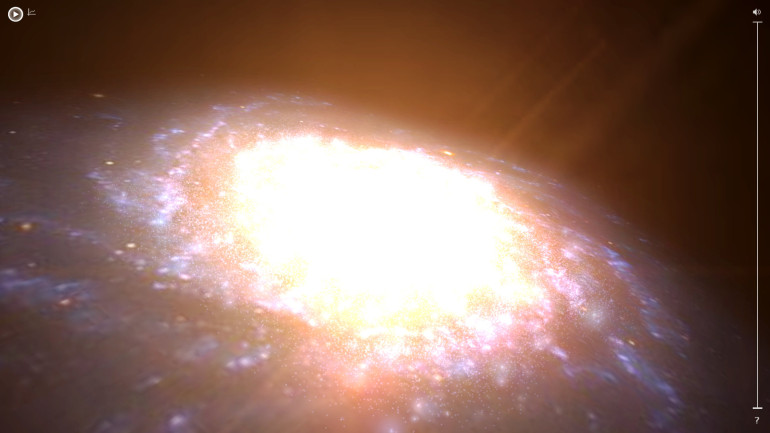

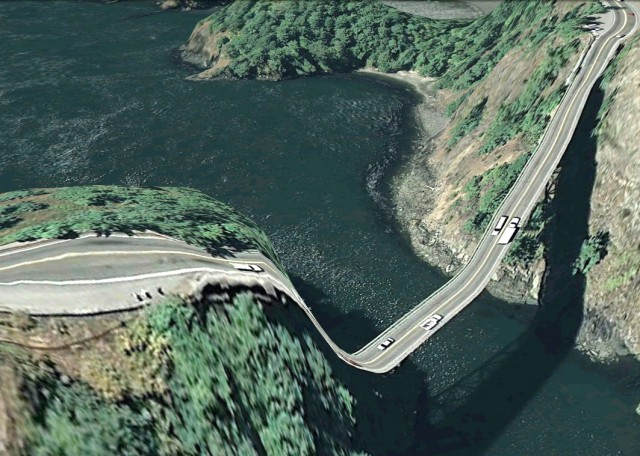
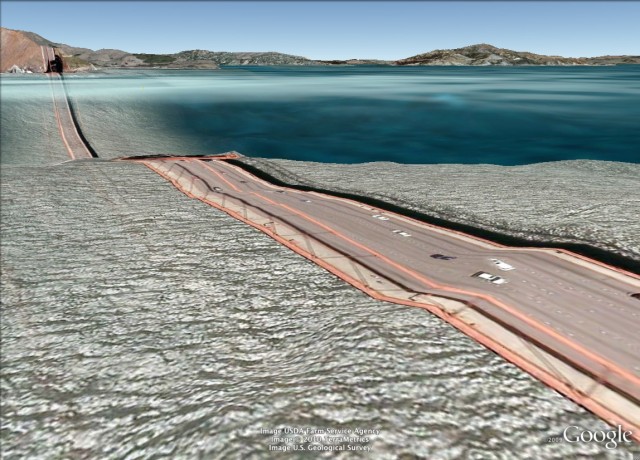



 UPDATE: Chrome extension now available (beta):
UPDATE: Chrome extension now available (beta):